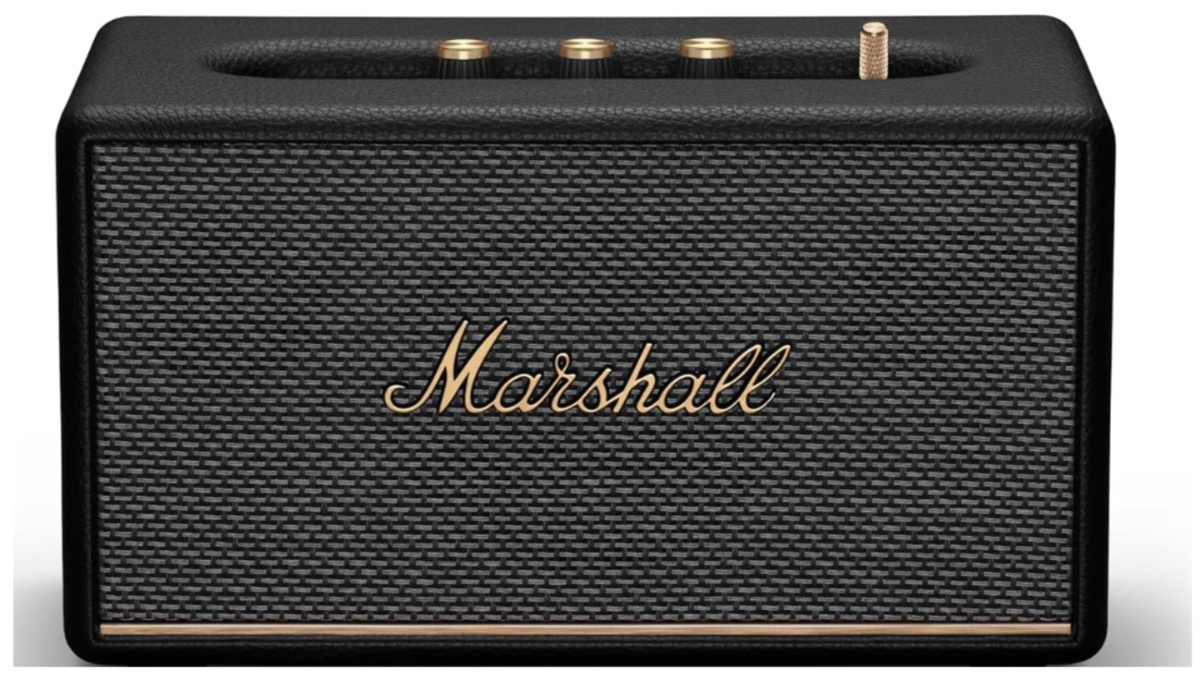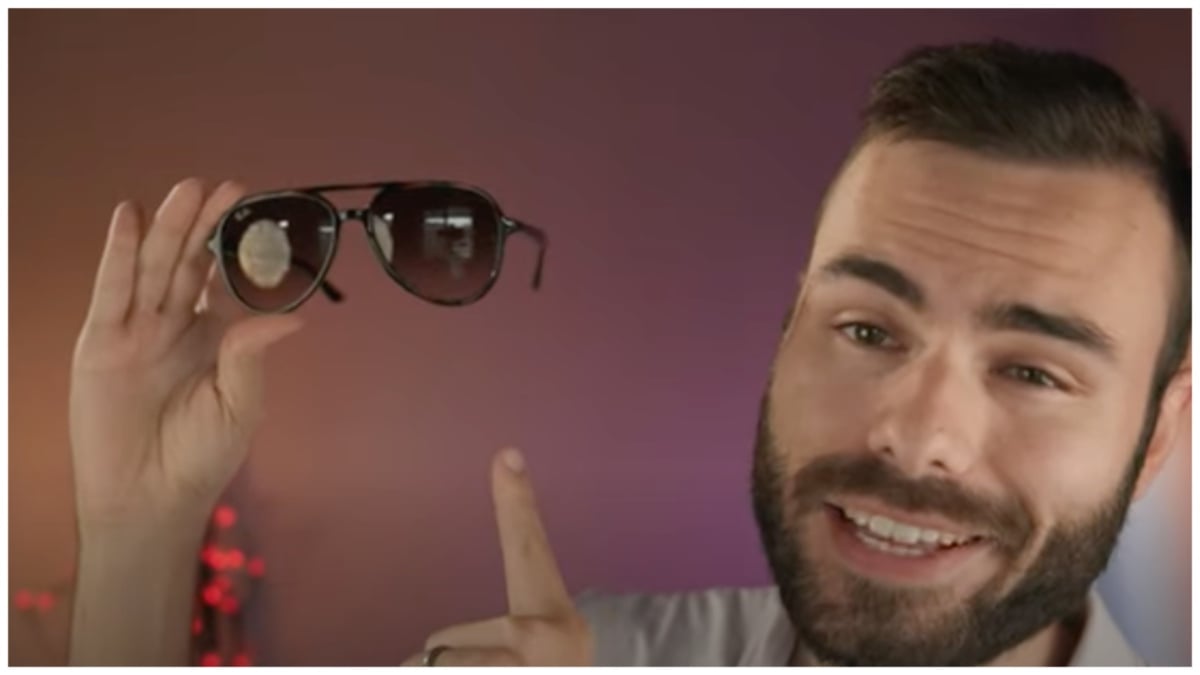This Friday marks the first theatrical release of a full-length film shot in 48FPS aka HFR3D. Peter Jackson returns to Middle Earth with The Hobbit: An Unexpected Journey, which is a three-part adaptation of the novel written by J.R.R. Tolkien. Jackson decided early on that his new series would look distinctly different than the previously shot Lord of the Rings series, because he chose to speed up the frame-rate and shoot at 48 frames-per-second, opposed to the traditional 24 frames-per-second. The result is an unbalanced mess of reactions, with some landing positive, but most remaining somewhat negative and questionable. Here’s my initial reactions to seeing the format on the big-screen for the very first time.
I guess it’s worth pointing out early on that I am one of those rare fans of the motion-flow technology found on many new HDTVs. I enjoy the higher refresh rate, because I think it enhances the clarity while also keeping the colors popping and remaining crisp. Sure, some TVs look like soap-opera garbage if you work with out-of-the-box settings, but with a little tinkering and lots of movie-watching you’ll soon realize the true capabilities of your new high-definition set.
That’s still just a fraction of what Jackson is doing with this new HFR3D format. He’s not warping the image or adjusting it to make it faster; he’s actually shooting the film in native 48FPS. This means that “normal” 24FPS screenings of the film are actually getting “dumbed” down, with added motion blur, to help make them look like an average film.
The Hobbit: An Unexpected Journey is far from an average film. It’s actually one that brings back good memories from the Lord of the Rings trilogy, while also adding a much lighter tone to the mix. I’m not here to talk about the film though. I’m here to talk about the viewing option that director Peter Jackson has presented us with. To read a review for the film feel free to check out our official review when it launches on Friday.
Now, the biggest question asked about the format is in regards to how the technology effects the movie. I’m here to tell you that it never lessens the impact of the actual film, but it only tampers with the viewing quality. This simply means that even if you absolutely hate HFR3D you still shouldn’t have a problem with the movie. You’re biggest complaint would simply be that it looked “weird” or “unnatural” and that the rest of the film worked just fine.
That’s because for the most part, The Hobbit just doesn’t feel like the right film for Jackson to roll out this new buggy piece of tech. He’s already established a trilogy of films that co-exist with these new Hobbit films and randomly deciding to change the entire way we look at the film is the worst choice he could have made. He really should have waited for his next big project to roll this out with, but he didn’t, so we’re left with accepting that this entire Hobbit trilogy will be viewable in HFR3D and hopefully the kinks get fixed as the trilogy progresses.
Continue reading on the next page…









Published: Dec 12, 2012 10:51 pm